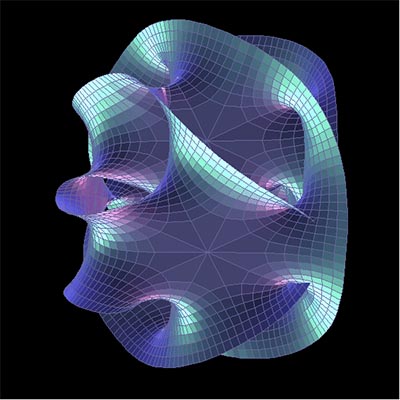

String Theory predicts the existence of more than the 3 space dimensions and 1 time dimension we are all familiar with. According to string theory, there are additional dimensions that we are unfamiliar with because they are curled up into tiny complicated shapes that can only be seen on tiny scales. If we could shrink to this tiny, Planck-sized scale we could see that at every 3D point in space, we can also explore 6 additional dimensions. This animation shows a Calabi-Yau surface which is a projection of these higher dimensions into the more familiar dimensions we are aware of.
In physics, string theory is a theoretical framework in which the point-like particles of particle physics are replaced by one-dimensional objects called strings. In string theory, the different types of observed elementary particles arise from the different quantum states of these strings. In addition to the types of particles postulated by the standard model of particle physics, string theory naturally incorporates gravity, and is therefore a candidate for a theory of everything, a self-contained mathematical model that describes all fundamental forces and forms of matter. Aside from this hypothesized role in particle physics, string theory is now widely used as a theoretical tool in physics, and it has shed light on many aspects of quantum field theory and quantum gravity.
The earliest version of string theory, called bosonic string theory, incorporated only the class of particles known as bosons, although this theory developed into superstring theory, which posits that a connection (a "supersymmetry") exists between bosons and the class of particles called fermions. String theory requires the existence of extra spatial dimensions for its mathematical consistency. In realistic physical models constructed from string theory, these extra dimensions are typically compactified to extremely small scales.
String theory was first studied in the late 1960s as a theory of the strong nuclear force before being abandoned in favor of the theory of quantum chromodynamics. Subsequently, it was realized that the very properties that made string theory unsuitable as a theory of nuclear physics made it an outstanding candidate for a quantum theory of gravity. Five consistent versions of string theory were developed before it was realized in the mid-1990s that these theories could be obtained as different limits of a conjectured eleven-dimensional theory called M-theory.
Many theoretical physicists (among them Stephen Hawking, Edward Witten, and Juan Maldacena) believe that string theory is a step towards the correct fundamental description of nature. This is because string theory allows for the consistent combination of quantum field theory and general relativity, agrees with general insights in quantum gravity such as the holographic principle and black hole thermodynamics, and because it has passed many non-trivial checks of its internal consistency. According to Hawking in particular, "M-theory is the only candidate for a complete theory of the universe." Other physicists, such as Richard Feynman, Roger Penrose, and Sheldon Lee Glashow, have criticized string theory for not providing novel experimental predictions at accessible energy scales and say that it is a failure as a theory of everything. Read more ...
String theory: Scientists are trying new ways to verify the idea that could unite all of physics PhysOrg - November 13, 2025
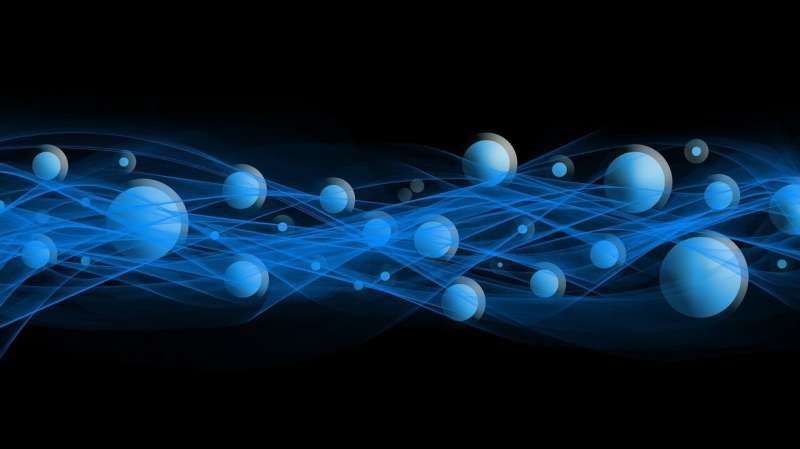
String theory unifies all the forces of nature. Forces that seem very different, such as gravity and electricity, are deeply related to one another. The forces are linked by so-called dualities: the same underlying phenomena can be described in different ways.
Out of the string theory swampland: New models may resolve problem that conflicts with dark energy PhysOrg - June 10, 2025

A new analysis shows that an exotic subset of string models in which the tension of strings is generated dynamically could provide an escape route out of the string theory swampland.
Why string theory requires extra dimensions PhysOrg - December 21, 2023
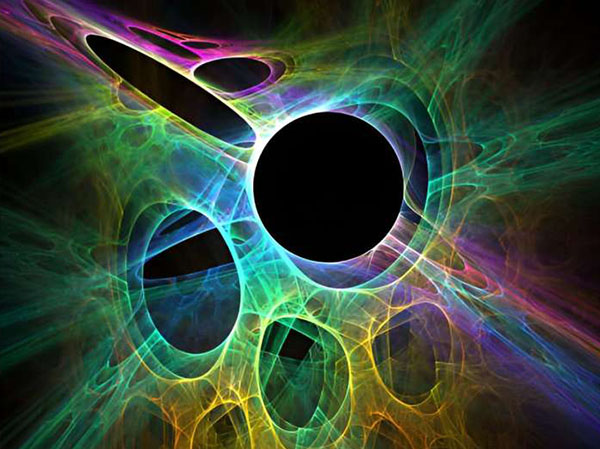
Mathematicians unravel a thread of string theory PhysOrg - August 18, 2020

Simply put, string theory is a proposed method of explaining everything. Actually, there's nothing simple about it. String theory is a theoretical framework from physics that describes one-dimensional, vibrating fibrous objects called "strings," which propagate through space and interact with each other. Piece by piece, energetic minds are discovering and deciphering fundamental strings of the physical universe using mathematical models.
The universe could possibly have more dimensions. Here's how
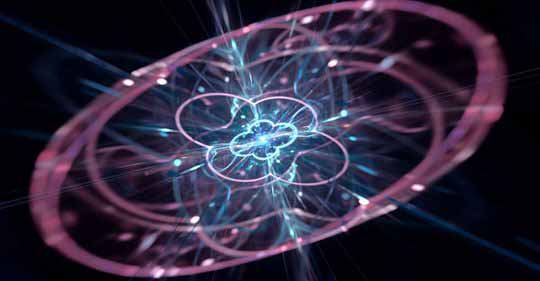
String theory is a purported theory of everything that physicists hope will one day explain ... everything. All the forces, all the particles, all the constants, all the things under a single theoretical roof, where everything that we see is the result of tiny, vibrating strings. Theorists have been working on the idea since the 1960s, and one of the first things they realized is that for the theory to work, there have to be more dimensions than the four we're used to.
String theory: Is dark energy even allowed? Science Daily - October 9, 2018
In string theory, a paradigm shift could be imminent. In June, a team of string theorists published a conjecture which sounded revolutionary: String theory is said to be fundamentally incompatible with our current understanding of 'dark energy'. A new study has now found out that this conjecture seems to be incompatible with the existence of the Higgs particle.
String field theory could be the foundation of quantum mechanics: Connection could be huge boost to string theory Science Daily - November 4, 2014
Scientists propose a link between string field theory and quantum mechanics that could open the door to using string field theory as the basis of all physics. Their calculations "could solve the mystery of where quantum mechanics comes from," said a co-author.
String field theory could be the foundation of quantum mechanics PhysOrg - November 4, 2014
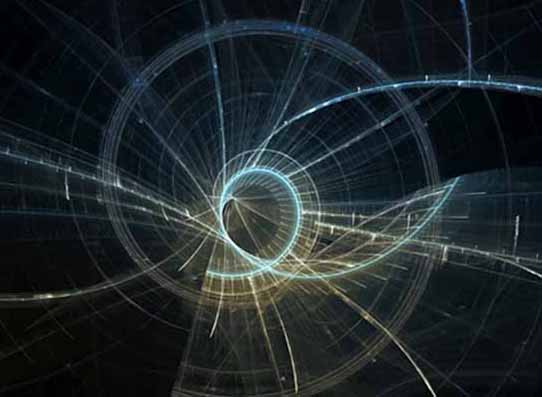
Two USC researchers have proposed a link between string field theory and quantum mechanics that could open the door to using string field theory - or a broader version of it, called M-theory - as the basis of all physics. M-Theory
Scientists find a practical test for string theory PhysOrg - January 6, 2014
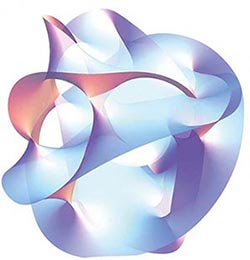
Scientists have identified a practical, yet overlooked, test of string theory based on the motions of planets, moons and asteroids, reminiscent of Galileo's famed test of gravity by dropping balls from the Tower of Pisa. String theory is infamous as an eloquent theoretical framework to understand all forces in the universe - a so-called "theory of everything" that can't be tested with current instrumentation because the energy level and size scale to see the effects of string theory are too extreme.